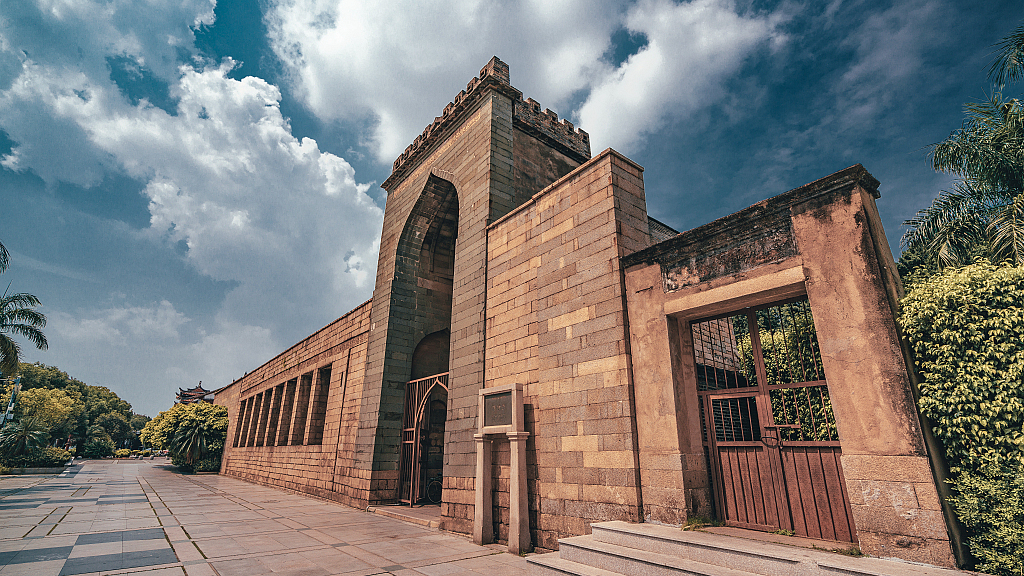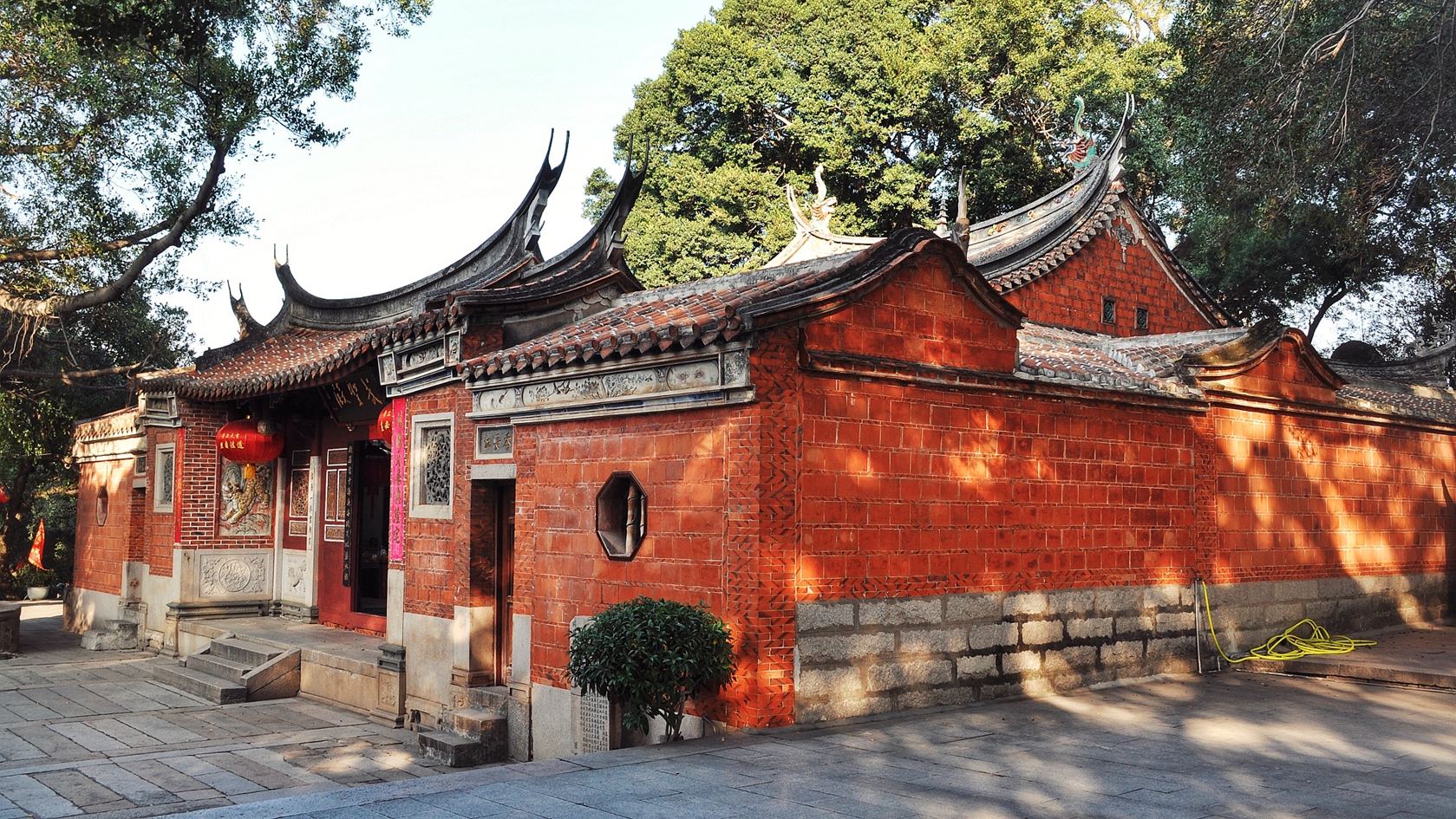01:24

China's ancient port of Quanzhou was bestowed the much-coveted title of World Heritage Site by UNESCO's World Heritage Committee during its extended 44th session held in southeast China's Fuzhou and online on Sunday.
The newly inscribed item, "Quanzhou: Emporium of the World in Song-Yuan China," features 22 historical sites and monuments across the coastal city in southeastern China, which was one of the world's largest and busiest ports during the Song (960-1279) and Yuan (1271-1368) dynasties.
Quanzhou, known as Zayton overseas, is believed to be the starting point of the ancient Maritime Silk Road and a vital exchange hub for different civilizations and religions.
Today, the city, spanning over 11,200 square kilometers, is home to more than 8 million people as well as a significant number of cultural relics and religious sites.
The serial properties include archaeological sites, temples, statues, port ruins, ancient bridges and kilns, such as Qingjing Mosque, one of the oldest mosques in the country, and the Twin Stone Pagodas at Kaiyuan Temple, which are the highest pair of stone pagodas in China, as well as the Site of Maritime Trade Office, the only preserved site of ancient customs in the country.

The massive Statue of Lao Tze, the founder of Chinese Taoism, is located in the southern foothills of Mount Qingyuan in Quanzhou, Fujian, China. /CFP
The massive Statue of Lao Tze, the founder of Chinese Taoism, is located in the southern foothills of Mount Qingyuan in Quanzhou, Fujian, China. /CFP

The Anping Bridge is the longest cross-sea stone beam bridge existing in China. /CFP
The Anping Bridge is the longest cross-sea stone beam bridge existing in China. /CFP

The Qingjing Mosque is one of China's earliest mosques in Quanzhou, Fujian, China. /CFP
The Qingjing Mosque is one of China's earliest mosques in Quanzhou, Fujian, China. /CFP

The Twin Stone Pagodas at Kaiyuan Temple are the highest pair of stone pagodas in China. /CFP
The Twin Stone Pagodas at Kaiyuan Temple are the highest pair of stone pagodas in China. /CFP

The Zhenwu Temple is a temple for the worship of Emperor Zhenwu, a Taoist deity and god of the sea, in Quanzhou, Fujian, China. /CFP
The Zhenwu Temple is a temple for the worship of Emperor Zhenwu, a Taoist deity and god of the sea, in Quanzhou, Fujian, China. /CFP
It is the second time that Quanzhou has sought World Heritage status, while the previous proposal for "Historic Monuments and Sites of Ancient Quanzhou (Zayton)," featuring 16 component sites, was "deferred" by the committee at the 42nd session in 2018.
With the new inscription, China now boasts 56 properties – 38 cultural, 14 natural and four mixed items – on the World Heritage List, just following Italy with 57 items for the top spot.
Among them is Liangzhu – an archaeological site inscribed two years ago that showcases the Chinese civilization of prehistoric rice agriculture that existed between 3300 B.C. and 2300 B.C., an evidence of Chinese civilization starting 5,000 years ago.
The ongoing 44th session of the World Heritage Committee, which kicked off in Fuzhou on July 16, features online meetings for the first time this year and is running through July 31.
(Cover: Aerial view of Quanzhou, southeast China's Fujian Province. /CFP)
Read more:
UNESCO World Heritage list adds new sites from various countries
Inscription, deletion and ranking at World Heritage Committee session in Fuzhou

